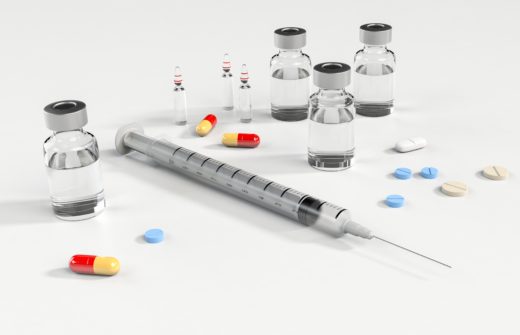What are the symptoms?
After an incubation period ranging from a few weeks to 3 months, HBV triggers acute hepatitis that goes unnoticed in most cases. About 30% of people display symptoms such as fatigue, nausea, vomiting, flu-like illness and jaundice. Acute hepatitis will heal spontaneously in 90% of cases. It becomes chronic in 10% of people, with the virus then persisting in the blood for life.
Can this be cured?
Treatment is useful only in people with chronic hepatitis B, which may progress to cirrhosis and liver cancer. It does not allow healing but interrupts the progression of the infection and reduces the risk of progression to cirrhosis or cancer.
Where and when to consult?
Regularly, especially if you have many partners, especially because hepatitis B often shows no symptoms. Hepatitis screening is done by blood test.
You can consult with your doctor, go to a specialized health center, a screening center or a Checkpoint1.
How to prevent hepatitis B with oral sex?
Acute hepatitis B lasts between 8 and 12 weeks. During this period, avoid blowjobs. Notifying your partners will allow them to be treated if necessary. To protect you and your partners, the condom remains the best protection against the risk of HBV transmission.
Français






